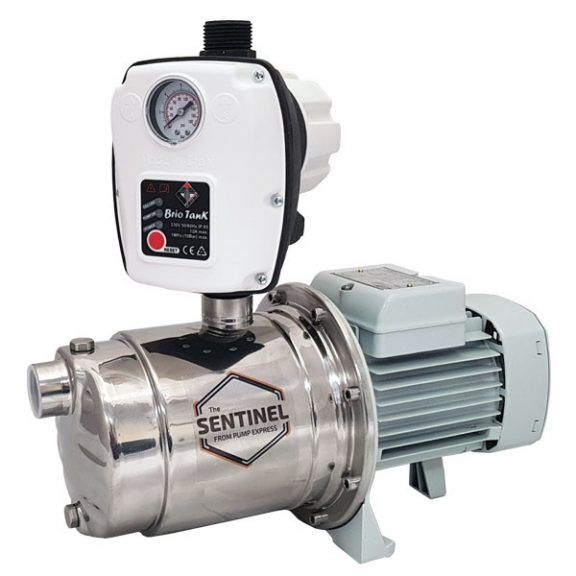Morning all,
As rain seems to be rarer than diamonds at the moment are poeple investigating irrigation systems and using Idratek for control?
I have a 1,000 litre water butt which collects water and I then attach a pump to use the water to wash the car or water the plants. I've started digging a trench to the top of the back garden where my veg patch is going to go. At this point I'll probably have another couple of 200L water butts.
Now for the interesting bit. I'd like to pump from the 1,000L to the 200L and then use a manifold to automatically irrigate the front garden based on zones and data from moisture sensors in the soil. I'd also like to put a tap in the front garden so I don't have use hoses from the back garden. I'm concerned that the pressure will be poor even if I keep the water pipe diameter as large as possible for as song as possible. So in my mind the main factor is going to be the pump and pump control
The pump, as I see it, will need to have the following features:
- Self priming
- Dry run protection
- Filter or dirty water designed
- Startup automatically when pressure drops (i.e tap is opened)
- Also allow control from Cortex based on moisture readings and quantity of water in all butts (manifold valves open, pump starts)
- Low voltage
- Battery operated (as I would think this would be a good use of a small solar panel (long periods of no use to collect energy then short periods of use with relatively low power requirements)
Thoughts, comments, suggestions?
Paul
As rain seems to be rarer than diamonds at the moment are poeple investigating irrigation systems and using Idratek for control?
I have a 1,000 litre water butt which collects water and I then attach a pump to use the water to wash the car or water the plants. I've started digging a trench to the top of the back garden where my veg patch is going to go. At this point I'll probably have another couple of 200L water butts.
Now for the interesting bit. I'd like to pump from the 1,000L to the 200L and then use a manifold to automatically irrigate the front garden based on zones and data from moisture sensors in the soil. I'd also like to put a tap in the front garden so I don't have use hoses from the back garden. I'm concerned that the pressure will be poor even if I keep the water pipe diameter as large as possible for as song as possible. So in my mind the main factor is going to be the pump and pump control
The pump, as I see it, will need to have the following features:
- Self priming
- Dry run protection
- Filter or dirty water designed
- Startup automatically when pressure drops (i.e tap is opened)
- Also allow control from Cortex based on moisture readings and quantity of water in all butts (manifold valves open, pump starts)
- Low voltage
- Battery operated (as I would think this would be a good use of a small solar panel (long periods of no use to collect energy then short periods of use with relatively low power requirements)
Thoughts, comments, suggestions?
Paul



Comment